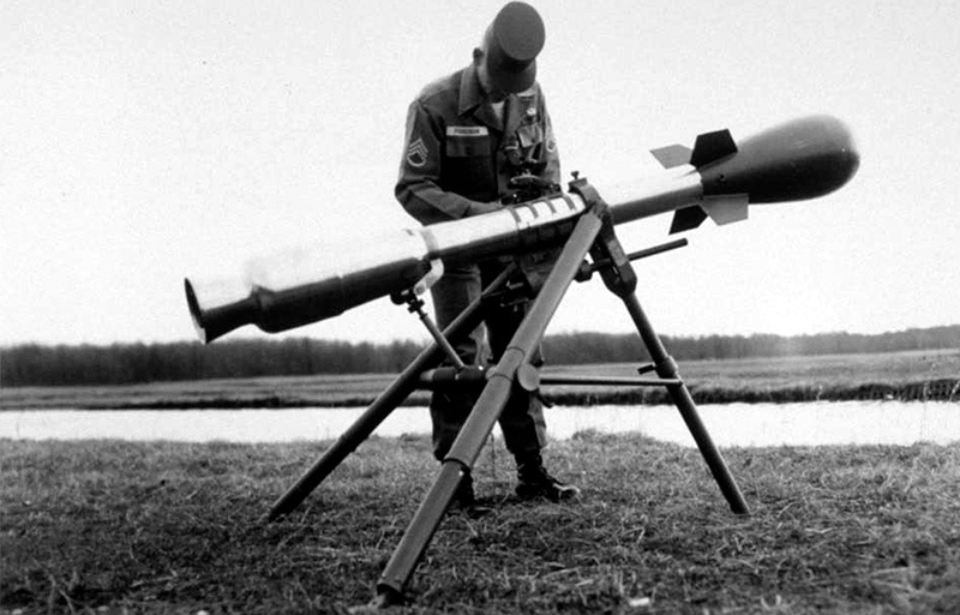Throughout the Cold War, the United States was concerned about the Soviet nuclear threat. As such, the US military constantly came up with weapons designed to counter and/or thwart any attempted assault. Among them was the M28/M29 Davy Crockett Weapon System, a rather unique recoilless rifle geared toward infantrymen serving in Europe.
Development of the M28/M29 Davy Crockett Weapon System
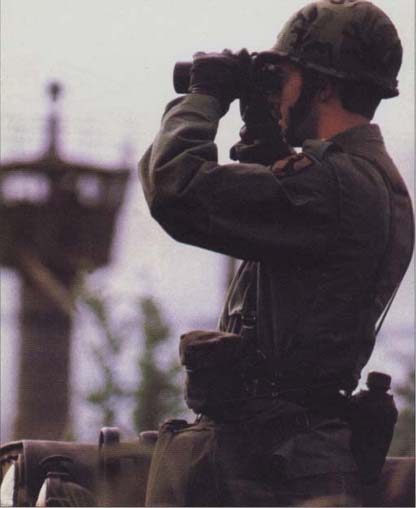
The M28/M29 Davy Crockett Weapon System came about as a way for the US Army to protect West Germany and Europe from a potential Soviet invasion. The hope was that, should the need arise, those charged with patroling the border could fire the nuclear projectile and provide themselves with 48 hours to prepare a conventional response.
In 1957, the Atomic Energy Commission (AEC) charged Maj. Gen. John H. Hinrichs, the Army’s chief of ordnance, with pairing a recently-developed miniature warhead with a brand new weapon system, under the Battle Group Atomic Delivery System (BGADS) Program. It subsequently became the first project assigned to the US Army Weapon Command in Rock Island, Illinois.
Upon the Davy Crockett Weapon System being approved, it was produced at Picatinny Arsenal.
M388 nuclear projectile
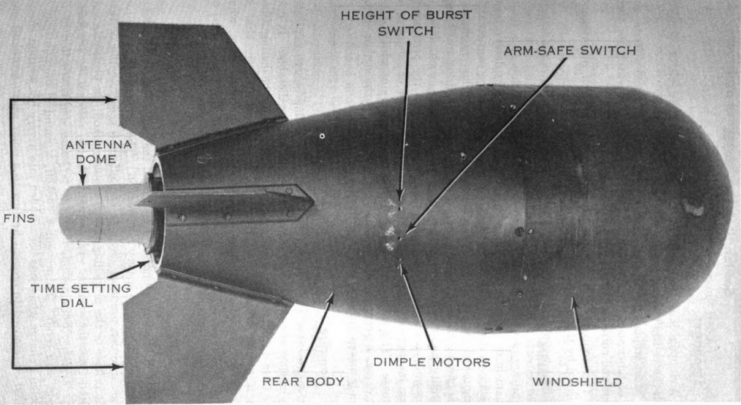
Despite being one of the smallest nuclear weapon systems ever developed, the M28/M29 Davy Crockett could fire a projectile with a yield of 20 tons of TNT. Called the M388, it consisted of a W54 Mod 2 nuclear warhead, which was nicknamed the “atomic watermelon” because of its shape.
The M388 featured a two-position height-of-burst switch, a time delay dial and a safety switch. The time dial doubled as a second safety switch, as it also had a “safe” setting. Once configured by the operators, the projectile could be fired, after which four fins would stretch out to provide stabilization during its 100-MPH-flight.
M28/M29 Davy Crockett Weapon System specs
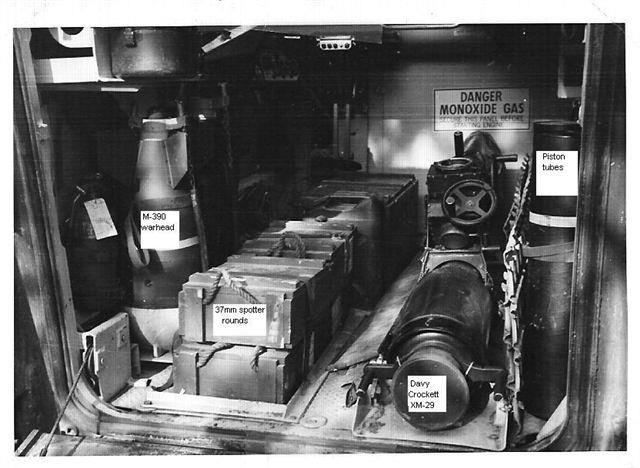
The M388 could be fired via two different-sized launchers: the 120 mm M28 and 155 mm M29. The former, weighing 185 pounds, had a range of around 1.25 miles and was equipped with a 20 mm spotting rifle, from which operators fired a depleted uranium round that told them if their trajectory was on-point. The latter, with a weight of 440 pounds, had a range of 2.5 miles and a 37 mm rifle.
Depending on the type, a different cartridge was used to propel the M388 into the air. The M28 was powered by a five-kilogram cartridge, while the M29 used either a five- or eight-kilogram one, depending on the desired range. They could also be mounted on an aluminum tripod, an M113 armored personnel vehicle or a military Jeep. Infantrymen used the M113, while airborne units mounted the weapon system on Jeeps.
Testing the M28/M29 Davy Crockett Weapon System
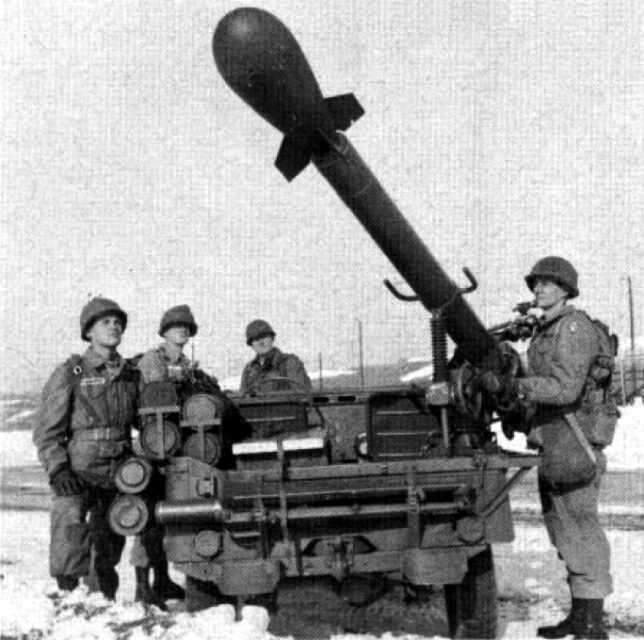
For four years, the M28/M29 Davy Crockett Weapon System underwent a series of tests at Forts Greely and Wainwright, Alaska, as well as at Yuma Proving Ground, in Arizona. It was also tested at the Pōhakuloa Training Area in Hawaii. Rounds containing depleted uranium were used during this time, to decrease the risk of radiation poisoning for those conducting the trials.
While the recoilless rifle never wound up seeing combat action, it was deployed across the world. The first to receive it were the Seventh Army’s infantry and armored battalions, who were stationed in West Germany and tasked with the protecting the Fulda Gap. Elsewhere, the Davy Crockett was equipped by personnel stationed in South Korea, Guam, Hawaii and Okinawa – basically, anywhere that was threatened by the Soviet Union.
Effects of nuclear radiation
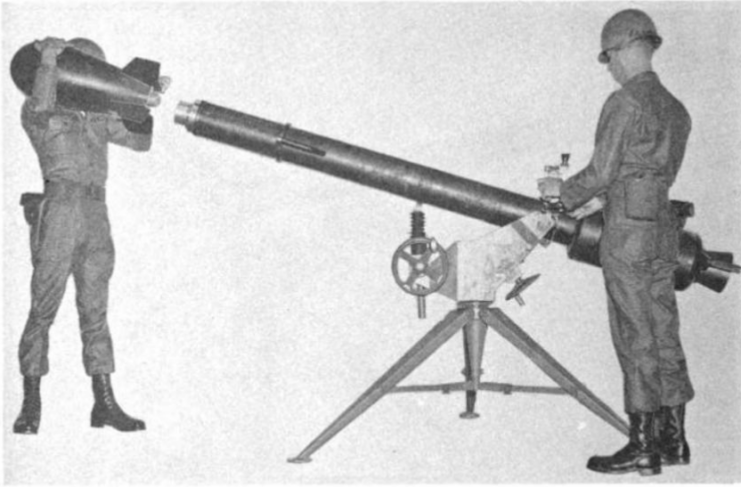
Given it was an infantry weapon, the US Army had to be careful about the level of radiation omitted by the M388 fired by the M28/M29 Davy Crockett Weapon System. Aware that those within 1.7 miles of the blast could be hit by nuclear material, the Army told servicemen to only deploy the recoilless gun from behind a hill and to keep their heads down until the warhead had detonated. To further ensure the safety of operators, a 22-meter-long detonating cord was used.
While those firing the weapon system were given precautions to follow, the enemy, for obvious reasons, weren’t. Those standing within 150 meters of the detonation site would be exposed to enough radiation to kill them in a matter of minutes, while those at other distances could expect to perish anywhere from a few hours to less than two weeks after exposure.
Retirement of the M28/M29 Davy Crockett Weapon System
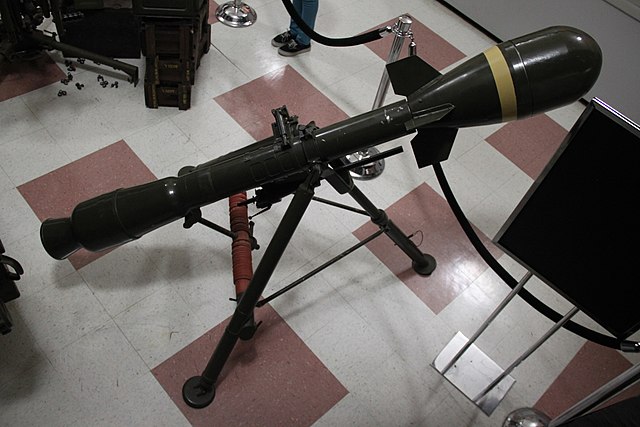
The US Army began to wind down its use of the M28/M29 Davy Crockett Weapon System in 1967, with its removal from service in Europe. This left the 82nd Airborne Division‘s 55th and 56th Infantry Platoons as the only remaining wielders of the recoilless gun – that is, until the units were deactivated in 1968.
The weapon system was officially retired from service in 1971, with Brig. Gen. Alvin Cowan, assistant division commander of the 3rd Armored Division, stating that the decision was two-fold. Along with the high personnel costs associated with operating the Davy Crockett in the field, there was a “great fear that some sergeant would start a nuclear war.”
More from us: Puckle Gun: The Early Machine Gun That Fired Both Round and Square Bullets
Since the Davy Crockett Weapon System was retired, a number of units have found their way into museums, where they’re on-display to the public. In 2005, the Army announced it had uncovered 600 pounds of depleted uranium at the training sites at which the recoilless gun was fired. It’s estimated that around 12,405 acres could be contaminated.
